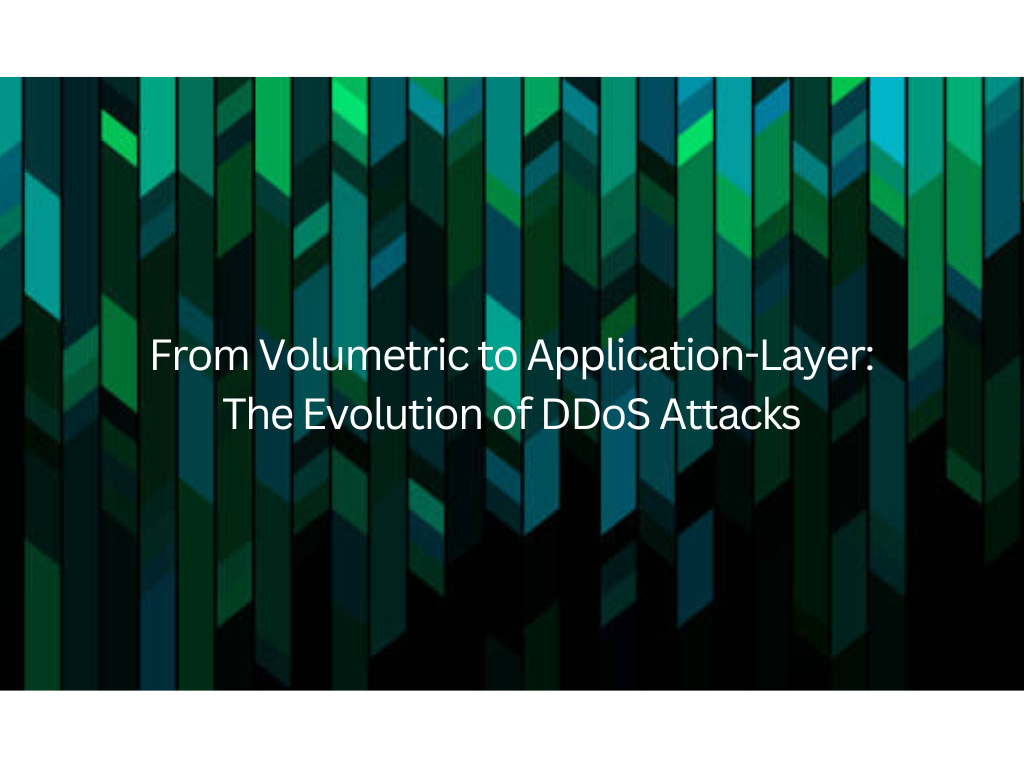In today’s digital-first economy, financial technology (fintech) companies stand at the forefront of innovation. From mobile banking to real-time payments and investment platforms, fintech’s thrive on speed, scalability, and customer trust. But with growth comes risk — particularly from Layer 7 Distributed Denial of Service (DDoS) attacks, which specifically target the application layer of critical financial services.
As we step into 2025, ensuring uninterrupted, secure service delivery is no longer an option but a non-negotiable requirement for fintech businesses.
Why Fintech is a Prime Target for Layer 7 Attacks
Unlike traditional volumetric DDoS attacks, Layer 7 attacks are stealthier and harder to detect. They focus on the application layer (HTTP, HTTPS, DNS, API requests), mimicking legitimate traffic but overwhelming servers with malicious intent. For fintech platforms, the risks are magnified because:
-
- Always-On Operations: Services like instant payments, digital wallets, and trading platforms require 24/7 uptime.
-
- High-Value Data: Sensitive financial data is a lucrative target for cybercriminals.
-
- Trust Dependency: Even a few minutes of downtime or performance lag can erode user confidence and trigger financial losses.
-
- Regulatory Pressure: Compliance frameworks (RBI guidelines, PCI DSS, GDPR, etc.) mandate robust cybersecurity practices.
Key Statistics:
-
- 69% of financial institutions experienced data breaches in the past five years.
-
- Average cost of fintech data breaches: $6.08 million in 2024.
-
- DDoS attacks on financial sector increased by 117% in H2 2024.
-
- HTTP DDoS attacks increased by 68% year-over-year.
What Is Layer 7 DDoS Attacks? A Deep Dive for Fintech
Unlike traditional volumetric DDoS attacks that flood networks with traffic, Layer 7 (Application Layer) attacks are surgical strikes targeting your platform’s core functionality. These sophisticated threats exploit:
Primary Attack Vectors:
-
- API endpoints handling payment processing
-
- Authentication systems managing user access
-
- Database queries powering financial calculations
-
- Session management controlling user interactions
-
- Business logic flaws in application workflows
Why Layer 7 Attacks Are Particularly Dangerous for Fintech:
- Stealth Operation: Mimic legitimate user behaviour
- Low Resource Requirements: Difficult to detect through traditional monitoring
- High Business Impact: Target critical financial functions
- Regulatory Implications: Can trigger compliance violations
Real-World Consequences in Banking and Fintech:
Service Disruption Cascade Effects
-
- Payment Processing Failures: Transaction timeouts leading to customer frustration
-
- Trading Platform Instability: Millisecond delays causing significant financial losses
-
- Mobile Banking Outages: Customer inability to access critical financial services
-
- API Service Degradation: Third-party integrations failing system-wide
Trust Erosion in Financial Services
In fintech, trust is the ultimate currency. A single security incident can:
-
- Trigger immediate customer migration to competitors
-
- Reduce customer lifetime value by up to 40%
-
- Impact stock valuation and investor confidence
-
- Damage brand reputation for years
Regulatory and Compliance Risks
-
- PCI-DSS violations for payment processors
-
- RBI cybersecurity directive non-compliance in India
-
- GDPR penalties for data protection failures
-
- Basel III operational risk requirements
How Haltdos Protects Fintech Against Layer 7 DDoS Attacks
At Haltdos, we understand the unique challenges of fintech ecosystems. Our Web Application & API Protection (WAAP) platform is engineered to secure financial platforms against evolving cyber threats while ensuring compliance and performance.
Here’s how we safeguard fintech organizations:
-
Real-Time Detection & Mitigation
-
AI-driven behavioral analysis to differentiate between genuine user traffic and malicious bots.
-
Instant blocking of suspicious requests before they impact services.
-
-
API & Application Security
-
Comprehensive API protection against abuse, injection, and DDoS vectors.
-
Deep visibility into API traffic patterns with adaptive rate limiting.
-
-
Zero Downtime Protection
-
Automatic traffic rerouting through global scrubbing centers.
-
Ensures consistent uptime and latency-free transactions for customers.
-
-
Compliance-Ready Framework
-
Meets regulatory standards (PCI DSS, RBI, GDPR).
-
Provides detailed logs and audit trails for governance.
-
-
Scalable, Cloud-Native Defense
-
Elastic security architecture that grows with fintech’s scaling demands.
-
Seamless integration with existing infrastructure.
-
Why Leading Fintech Companies Choose Haltdos
Zero-Downtime Guarantee
-
- 99.99% uptime SLA with financial penalties for non-compliance
-
- Instant failover mechanisms ensure continuous service
-
- Load balancing optimization maintains performance under stress
-
- Redundant infrastructure across multiple data centers
Regulatory Compliance Excellence
-
- PCI-DSS Level 1 certified infrastructure
-
- SOC 2 Type II compliant security controls
-
- ISO 27001 information security standards
-
- RBI cybersecurity guidelines adherence for Indian markets
Performance Optimization
-
- Sub-50ms response times for threat detection
-
- Reduced MTTR by 85% through automated response
-
- Improved customer experience with consistent availability
-
- Enhanced transaction success rates during peak traffic
Proactive Threat Intelligence
-
- 24/7 Security Operations Center (SOC) monitoring
-
- Global threat feed integration from 150+ sources
-
- Predictive analytics for emerging attack patterns
-
- Automated security updates without service interruption
Conclusion: Building Unshakeable Trust in Digital Finance
The fintech revolution has democratized financial services, but it has also created new vulnerabilities that require sophisticated protection. Layer 7 DDoS attacks represent a clear and present danger to financial platforms, threatening the three pillars of fintech success: speed, trust, and availability.
Traditional security approaches are insufficient against modern application-layer threats. Financial institutions need intelligent, adaptive security that evolves with the threat landscape while maintaining the performance standards customer’s demand.
Haltdos WAAP platform provides the comprehensive protection that modern fintech requires. By combining real-time threat detection, intelligent bot management, and robust API security, we ensure your platform remains resilient against the most sophisticated cyberattacks.




